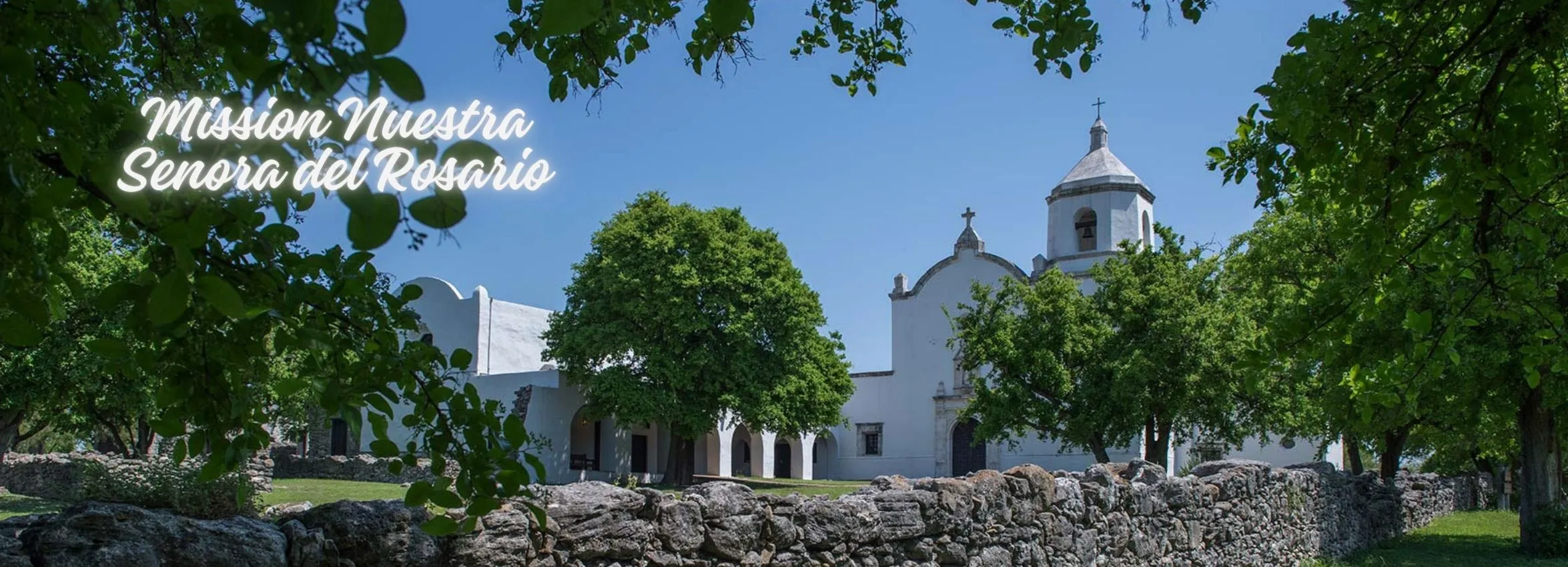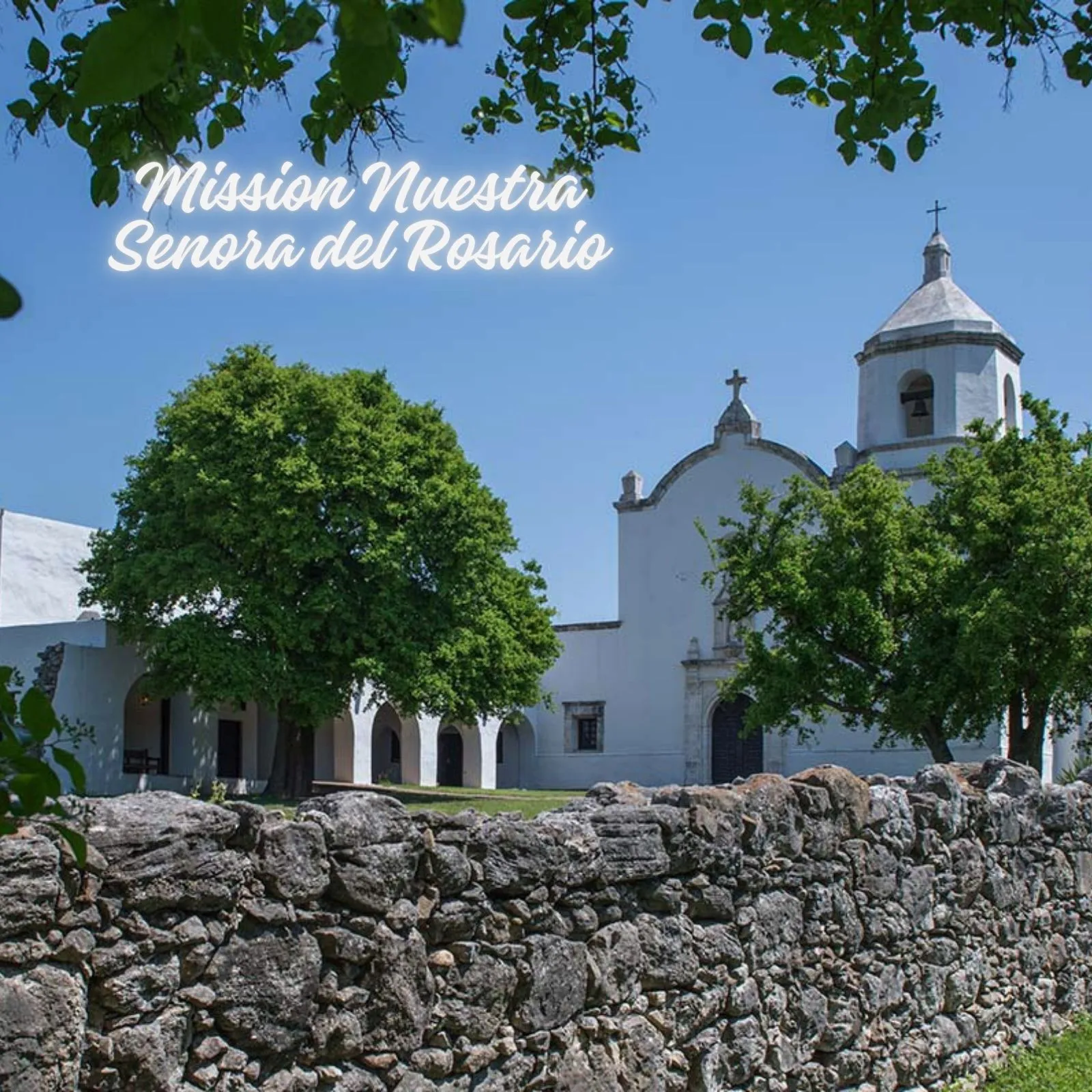The Rich and Storied History of Goliad, Texas
Goliad, Texas, is one of the most historically significant towns in the Lone Star State. Located along the San Antonio River, this charming small town holds a wealth of stories from its pivotal role in the Texas Revolution to its thriving community today. In this article, we’ll explore the captivating history of Goliad, Texas touching on its early settlement, key historical events, and its enduring cultural legacy.
1. The Early Days: Native Americans and Spanish Settlement
Before European settlers arrived, the area now known as Goliad was home to the Karankawa Indians. These native people thrived along the Gulf Coast, relying on fishing, hunting, and foraging.
The Spanish arrived in the late 17th century and established Presidio La Bahía and Mission Espiritu Santo in the early 1700s. These structures served as centers for religious conversion and Spanish control over the region, shaping the foundations of Goliad’s development.
2. Goliad’s Name: A Tribute to Mexican Independence
Originally known as La Bahía, the town was renamed Goliad in 1829 as a tribute to Father Miguel Hidalgo, a leader in Mexico’s fight for independence from Spain. The name is an anagram of Hidalgo, minus the “H,” reflecting the region’s deep connection to Mexican history.
3. Goliad and the Texas Revolution
The Battle of Goliad
One of the first significant conflicts in the Texas Revolution occurred in Goliad in 1835. The Battle of Goliad marked a decisive victory for Texian forces, who captured Presidio La Bahía from Mexican troops. This victory gave the Texians a strategic foothold and boosted morale.
The Goliad Massacre
Tragically, Goliad is perhaps best known for the Goliad Massacre of 1836. After surrendering to Mexican forces at the Battle of Coleto, approximately 400 Texian prisoners, led by Colonel James Fannin, were executed under orders from General Santa Anna. The event galvanized Texian resolve and became a rallying cry: “Remember Goliad!”
4. Presidio La Bahía: A Fort of Historic Importance
A Key Military Post
Built in 1749, Presidio La Bahía was a key military post for Spanish, Mexican, and Texian forces. Today, it stands as a National Historic Landmark and one of the best-preserved Spanish forts in the United States.
A Visitor’s Destination
The presidio now serves as a museum, offering visitors a glimpse into Goliad’s storied past. Exhibits include artifacts, period costumes, and detailed accounts of the people who shaped the region.
5. Mission Espiritu Santo: A Spiritual and Agricultural Hub
Mission Espiritu Santo, established alongside the presidio, was a center for Spanish missionary work. It played a crucial role in teaching agriculture and crafts to local indigenous communities. Today, it is part of Goliad State Park, where visitors can explore restored buildings and learn about the mission’s history.
6. The San Antonio River: Lifeline of Goliad
The San Antonio River has been integral to Goliad’s growth and sustainability. It provided a vital water source for settlers and contributed to the region’s agricultural success. The river also serves as a peaceful backdrop for modern-day recreational activities.
7. Reconstruction and Growth Post-Revolution
After the Texas Revolution, Goliad struggled to rebuild. However, the arrival of settlers and ranchers in the 19th century helped the town recover. The fertile lands surrounding Goliad became hubs for ranching and farming, industries that continue to thrive today.
8. Goliad County Courthouse: An Architectural Masterpiece
Built in 1894, the Goliad County Courthouse is a stunning example of Romanesque Revival architecture. The courthouse remains an iconic landmark in the town square and serves as a reminder of Goliad’s enduring civic pride.
9. Modern-Day Goliad: A Town Rooted in History
Today, Goliad seamlessly blends its rich history with modern charm. Visitors can enjoy Goliad Market Days, a monthly event featuring local crafts, fresh produce, and antiques, or participate in the Battle of Goliad Reenactment, which brings the past to life.
10. The Cultural Impact of Goliad’s History
Goliad’s history has left an indelible mark on Texas culture. The town’s historical significance is celebrated through festivals, educational programs, and preservation efforts. Its stories of resilience, courage, and community continue to inspire generations.
Conclusion: Why History of Goliad Texas Matters
Goliad, Texas, is more than just a small town—it’s a living testament to the state’s rich history and cultural heritage. From its early days as a Spanish settlement to its role in the Texas Revolution, Goliad’s past is a fascinating tapestry of events and stories. Whether you’re a history buff or a curious traveler, a visit to Goliad offers an unforgettable journey through time.
Exploring Goliad means walking in the footsteps of pioneers, revolutionaries, and everyday Texans who helped shape the Lone Star State. Make time to visit this historic town, and you’ll leave with a deeper appreciation for its role in Texas history. Remember Goliad!











